The construction and software files contain the complete information for building the project.
Ground Penetrating Radar using Arduino
To make the experience fit your profile, pick a username and tell us what interests you.
We found and based on your interests.
The construction and software files contain the complete information for building the project.
Software_v6.zipArduino and PC (in LabVIEW 2013) software source codex-zip-compressed - 80.47 kB - 05/18/2024 at 19:11 |
|
|
Operation_Instructions.txtOperation instructionsplain - 2.09 kB - 05/11/2024 at 10:26 |
|
|
Antennas_v2.zipAntennas - New version of antennas, must be printed on double-sided PCB FR4 laminate size A4 (210 x 297 mm). PDF for Toner Transfer construction (Top layer mirrored) and GERBER filesx-zip-compressed - 70.87 kB - 05/15/2024 at 11:54 |
|
|
PCB_Construction_Toner-Transfer-Method.zipPCB images in PDF for Toner Transfer PCB construction (Top layer mirrored), and schematicsx-zip-compressed - 1.85 MB - 11/03/2024 at 11:15 |
|
|
LF(GPR_LF).zipOrCAD 9.2 design files and Gerber for Low Frequency boardx-zip-compressed - 115.54 kB - 11/03/2024 at 11:16 |
|
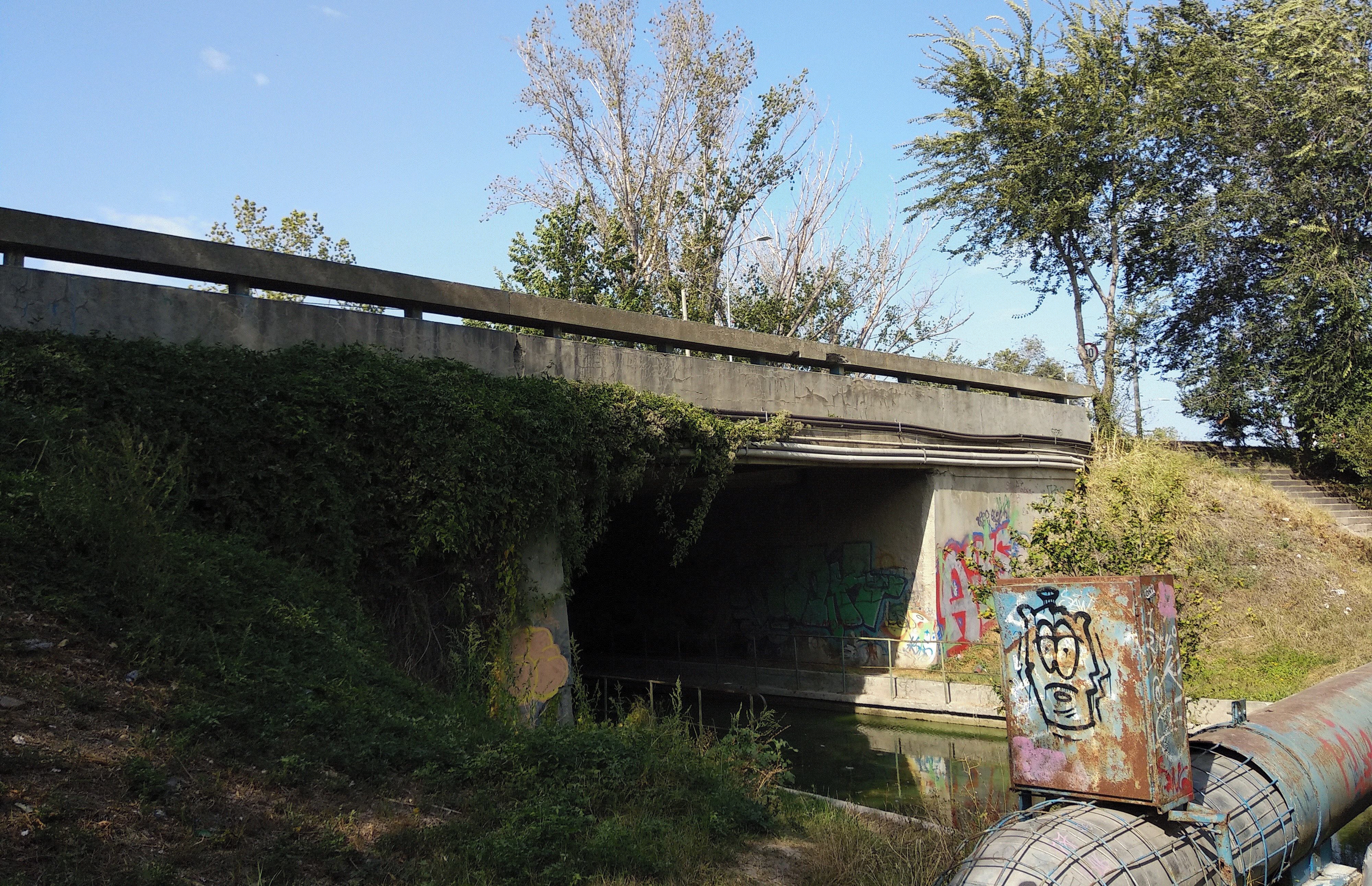
System tested on a bridge. This is the GPR image obtained for the bridge in the photo:
System tested and works fine.
Antenna coupling is quite high. Would be nice placing the antennas at a bigger distance from each other, or using more directive antennas in order to reduce unwanted coupling.
This is how the electronic boards are stacked.
Create an account to leave a comment. Already have an account? Log In.
Okay, could someone in this "discussion" confirm if I'm reading this correctly or just completely wrong. I'm new to ALL of this... LEARNING by DOING....The GPR RF schematic is producing and then receiving the signal? What is the GPR JF schematic doing?...... communicating the signal to and from the arduino? Do The J connections all connect to the arduino including the connection in the RF sch.....??
Spitballing Possible alternative options:
Convert arduino IDE to raspberry pi coding
https://m.youtube.com/watch?v=lZvhtfUlY8Y&list=LL&index=1
Raspberry pi offers larger 7" screens
And apparently with a "pi zero hat" you could read analog?
Amazon sells a copper laminate 21"x24. Almost big enough for an antenna?
https://www.amazon.com/Single-Sided-Copper-Laminate-Circuit/dp/B01M16DFD2/ref=sr_1_10?dchild=1&keywords=copper+laminate+23&qid=1614521143&s=industrial&sr=1-10
Or would Copper tape on some natural FR4 work, cut to size?
I don't think the metal used in the antennas is significant. The dimension yes but any metal like aluminum or steel would work just as well. And a lot cheaper.
I would want to use aluminum foil, but one can't solder to it.
redrok
Could the CVCO55CW-0400-0800 be used in place of the JTOS-850VW+?? Granted it won't work with the Gerber prints so you would probably need to get creative.
Hi . Can I use adf4351 eval board as freq generator (controlled by arduino uno) and hackrf one as receiver instead of most items?
would this be useful for finding pipes and cables below ground?
what sort of penetration depth?
I appreciate it's not going to be a £5k + for, but I'm curious.
are there apps available that can put together 3d scan imagery based upon the scans?
The 3.2 inch display is terribly small. I did not find larger ones with SD and the appropriate driver. Is there any advice for a larger LCD on the GPR casing, e.g. 5-7 inches?
good health in your hands
it is very, very beautiful
We set it up, we tried but it didn't work
We couldn't set up an antenna
please more details about the antenna if possible close-up pictures
otherwise all the effort will go to waste
I added the antennas blueprint.
The actual antennas I used in the prototype are smaller and the dielectric has lower permittivity, so they are not optimal. You should build the antennas according to the blueprint for optimal results.
Another issue is the distance between the antennas, which should be increased in order to reduce the undesirable coupling. In my prototype they are too close, again not optimal, so in order to correct the coupling I added the following line in the Arduino code: "real[i] = (double)(esantioane[i]) - (double)(corectie[i]); // Load samples and correct antenna coupling". This line subtracts the coupling provided in "const word corectie[nr_esant]" vector at the beginning of the program, but it is correct only for my specific antennas setup measured in an anechoic site.
I recommend you to build the antennas according to the blueprint and place them further apart to minimize coupling. I updated the Arduino code, eliminating the correction. You should also update with this code. Please keep me in touch with your results.
couldn't find pcb laminated larger than 30x20cm to produce antennas by hand
I do not understand the connector part
if you provide pcb gerber file matching the size in the picture
I will have it produced in the factory
They wanted $ 200 for 2 pcb including shipping, but I will do it anyway.
I share the developments with you
I am very curious about
learn about this subject
I want to perfect this project
of course with your permission and assistance
Unfortunately I don't have a gerber file for the antennas because I made them manually. I think you should find large pcb laminates for building the antennas by hand.
It's best to ask sellers about larger laminates or ask about DIY, electronics or robotics on forums. I asked the sellers and one of them wrote back saying that he could cut a piece from a large board for USD 24.32 (90 PLN) m2. Getting the antennas from the cheapest company starts at $ 175.
;Sir, how do you make a 3d that tries to take care of things under the ground. Please make something like that. It is very valuable.. diagrams and. Will you make a video showing all the equipment... we hope. For example, secret imager 3d, (uxo mini underground imaging detector), easy way detector, produced by Adrenaline Company, can be named...they are umbrellas. Easy to use. How to make such a device.. Do the project and show it. Good luck to you, happy for you.
mirel paun eres muy ingenioso e inteligente
A que profundidad llega tu gpr, tengo un proyecto de un detector de oro y me gustaría darte la base que tengo para que lo puedas hacer realidad. Tienes whatsapp?
Hello, I started to understand your circuit and found that there is no connection diagram between the GPR_JF board and the Arduino board. Could you help see this?
What antenna resolution?
There is an option to buy a whole set of components for self-soldering?
You haven't thought of building a metal detector? Frame with 1x1 or 2x2m frame?
Hi,
Thank you for a great project.
I just try to preview the gerber files on JLCPCB gerber viewer or SeeedStudio Fusion viewer, but there are mirrored some layers and pads holes so they can't make PCB with this mirroring problems. Can you provide the brd files for generating correct gerber files for manufacturing?
Best regards
Martin
very impressive work well done i wonder if it is possible to use directional antennas uwb high gain like the r101c 730MHz-6.5GHz with Low Noise LNA Board Wide Broadband 0.6-60dB RF Amplifier Module for better results
the circuit works in a different frequency range, so the answer is no.
My GPR works in the range 323MHz-910MHz, lower than the r101c antennas, so they can't be used.
Interesting project and great work so far! I'd like to build it myself, but the documentation could really be improved. Especially about the Antipodal Vivaldi antenna.
Following on from my previous comment, I assume that these two inner layers are ground and power planes so are copper apart from the areas shown, and also I can't at the moment see how these planes are connected to + ve and ground on the top layer ? Also I cannot see that CON2 does anything ? Also gpr.rf.bot seems to overlays the wrong way round. I would be grateful for your feedback on these points - it may be my unfamiliarity with Gerber files.
Interesting project. There appear to be two plain copper inner layers in the RF pcb. Do you think they could be left out ?
Interesting project, I haven't seen anywhere how long can it see underground?(depth)
Interesting project, i work with GSSI radar and i follow a similar project "TU1208_Guide to building a GPR radar for educational use- rev2-nov17" i will try to improve a little. very thanks you for the work
Become a member to follow this project and never miss any updates
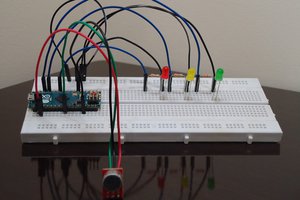
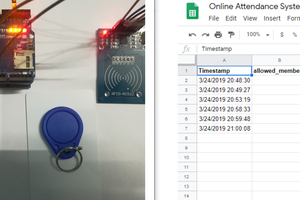
 Embedotronics
Embedotronics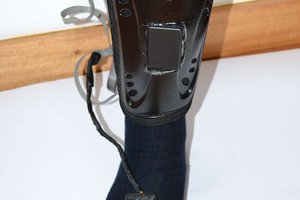
 Bruno Silva
Bruno Silva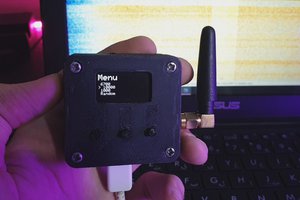
 CiferTech
CiferTech
I am struggling to see how it works. The system seems to fall between stepped frequency and frequency modulated techniques. If the former then my understanding is that quadrature information is required from the mixer and an inverse FT performed. If the latter then the return signal will be received within the period of a single frequency step so a beat frequency will not be generated. Am I missing something?